《国际泥沙研究(英文版)》(International Journal of Sediment Research (IJSR) )(季刊)创刊于1986年,由国际泥沙研究培训中心主办的英文版期刊。自2007起成为SCI源刊,被SCI—E收录。
《国际泥沙研究(英文版)》主要刊登内容有泥沙运动力学、河床演变、地理学、地貌学、土壤侵蚀、流域产沙、水土保持、泥沙对环境及生态的影响、泥沙所引起的社会和经济问题评估等。
related to geography, geomorphology, soil erosion, sediment yield, soil conservation, environmental and ecological impacts of sedimentation, social and economic effects of sedimentation and its assessment
1. Manuscript
Original papers should be submitted in triplicate to the Editorial Board of the Journal. Only original papers will be accepted, and copyright of published papers will be vested with the publisher. English is used in the International Journal of Sediment Research. It is desirable to submit the paper in a disk, processed in Microsoft word or Word perfect.
2. Text
Manuscripts should be typed double-spaced with wide margin on one side of the paper. Normally contributions should not exceed 10,000 word-equivalent and short notes 5,000 words (figure legends included). Authors names and page numbers should be written on all sheets of the manuscript and illustrations.
Mathematical symbols may be either typewritten or printed carefully. Greek letters and unusual symbols should be identified separately in the margin. The letter symbols used should be defined where they first appear in figures, tables or text.
3. Title
The title should be brief. The authors'' names should be typed on the line below the title, the present employment should be typed on the footnote.
4. Abstract
The body of manuscript should be preceded by abstract with the maximum length of 300 words for a full length article. It should be intelligible in itself without depending on references cited. A list of key words should be provided by the authors.
5. Illustrations and Figures
Good glossy print (or original negatives) should accompany the manuscript and should not be attached to the manuscript paper. Photographs should be enlarged sufficiently to permit clear reproduction in half-tone after reduction.Figures should be drawn in black ink on tracing material which does not stretch.
Drawings should be about twice final reproduction. The final size of lettering should be no smaller than 1.5 mm high.
Figure legends should be typed on a separate sheet and placed at the end of the manuscript.
International System units should be used throughout the paper.
6. Tables
Tables should be numbered consecutively and titled. All table columns should have an explanation of each table and contents of table must appear in the text.
7. References
All references should be arranged in alphabetical order of the author''s names and grouped together in the end of the paper. An example of reference is given as follows:
Chien Ning. 1985, Changes in river regime after the construction of upstream reservoirs. Earth Surface Processes and Landforms. Vol. 10, pp. 15-22.
Book references should be given as follows:
Blench T. 1969, Mobile-bed fluviology, The University of Alberta Press.
8. Discussions and Closure
Discussion of a paper is open to anyone who has significant comments or questions regarding the content of the paper. Submissions of discussions should be made not later than twelve months following the publication of a paper. They should be sent to the Editorial Board.
When there is a discussion of paper, its authors is requested to submit a closure, which may include comments on discussers'' remarks and clarification of questions raised.
9. Reprints
Thirty reprints of each paper will be provided free-of-charge. Additional copies in multiples of a hundred may be ordered separately.
2012 2013 2014 2015 2016 2017 2018 2019 2020 2021 2022
本刊文章发表的年份
在2012年的被引次数
被本刊自己引用的次数
被引次数的累积百分比
本刊文章发表的年份
在2013年的被引次数
被本刊自己引用的次数
被引次数的累积百分比
本刊文章发表的年份
在2014年的被引次数
被本刊自己引用的次数
被引次数的累积百分比
本刊文章发表的年份
在2015年的被引次数
被本刊自己引用的次数
被引次数的累积百分比
本刊文章发表的年份
在2016年的被引次数
被本刊自己引用的次数
被引次数的累积百分比
本刊文章发表的年份
在2017年的被引次数
被本刊自己引用的次数
被引次数的累积百分比
本刊文章发表的年份
在2018年的被引次数
被本刊自己引用的次数
被引次数的累积百分比
本刊文章发表的年份
在2019年的被引次数
被本刊自己引用的次数
被引次数的累积百分比
本刊文章发表的年份
在2020年的被引次数
被本刊自己引用的次数
被引次数的累积百分比
本刊文章发表的年份
在2021年的被引次数
被本刊自己引用的次数
被引次数的累积百分比
本刊文章发表的年份
在2022年的被引次数
被本刊自己引用的次数
被引次数的累积百分比
累积被引百分比:是用于评估期刊影响力的学术指标,是指在某一领域或学科中,某篇论文被后续的论文引用的次数占该领域或学科所有论文被引用的总次数的比例。
他刊引用次数:指在某一期刊中发表的论文被其他期刊的论文所引用的次数。该指标能够反映出该期刊的学术影响力和知名度。
本刊引用次数:被称为自引率,是指该期刊全部被引次数中,被该刊本身引用次数所占的比例。他刊引用次数和本刊引用次数一同使用,可以更全面地评估期刊的影响力和学术地位。
期刊被引半衰期:也叫“cited half-life”,是一个衡量期刊影响力的重要指标,这个指标的值越低,说明该期刊的文章越新,反之则说明该期刊的文章比较老旧。
期刊引用半衰期:指某一期刊平均引用多久以前的论文。计算方法是从当年往前累计,当引用的论文篇数达到全部的50%时,该篇论文的出版年到当年的间隔年数即为此期刊的引用半衰期。
影响因子:指该期刊近两年文献的平均被引用率,即该期刊前两年论文在评价当年每篇论文被引用的平均次数。影响因子分为复合影响因子与综合影响因子,两者都和SCI期刊的影响因子统计方法相同。
被引次数:指某篇论文在其他论文中被引用的次数,这是衡量该篇论文影响力的一个重要指标。需要明确的是,被引次数并不完全等同于论文的质量或价值。高被引论文虽然通常代表着高质量的研究成果,但也与研究主题的重要性、论文的创新性、论文的研究方法等内在因素,以及论文的可获得性、期刊的声誉等多种外在因素有关。
发文量:又称载文量,是指一本期刊在一定时间内发表的文章数量。期刊的发文量是一个重要的参考指标。如果一本期刊发文量太小,可能会让人觉得这本期刊受众较小众,或者为了提高影响因子而刻意降低发文量。然而,如果发文量过大,也需要警惕,因为这可能影响到论文的质量。
平均引文率:又称篇均引文量,是指某本期刊中带有引文的论文数量与该期刊发表论文总数的比例。这个指标可以反映出该期刊引用文献的综合能力和引文的覆盖面。
| 一级发文领域名称 | 发文量 | 被引量 |
| 水利工程 | 909 | 1878 |
| 天文地球 | 362 | 762 |
| 环境科学与工程 | 141 | 416 |
| 农业科学 | 137 | 563 |
| 交通运输工程 | 52 | 137 |
| 建筑科学 | 40 | 96 |
| 理学 | 30 | 87 |
| 文化科学 | 29 | 1 |
| 自动化与计算机技术 | 24 | 55 |
| 机械工程 | 14 | 36 |
| 二级发文领域名称 | 发文量 | 被引量 |
| 水利工程 / 水力学及河流动力... | 712 | 1305 |
| 天文地球 / 地球物理学 | 166 | 305 |
| 环境科学与工程 / 环境工程 | 116 | 343 |
| 农业科学 / 农业基础科学 | 112 | 459 |
| 农业科学 / 土壤学 | 112 | 459 |
| 水利工程 / 水利水电工程 | 94 | 326 |
| 水利工程 / 水文学及水资源 | 72 | 216 |
| 天文地球 / 水文科学 | 71 | 196 |
| 天文地球 / 地质学 | 59 | 168 |
| 天文地球 / 海洋科学 | 47 | 93 |
杂志收到了,厚实、全面,对于读完这本书的人来说存在着一个悖论:当你相当程度上认识到自己有诸多问题的来龙去脉,你却没有勇气反思和调整,那这本杂志读完有何用?由是,常挂在嘴里的一个成语:学以致用 应当被重新认识。
工作效率还是值得肯定的,编辑老师认真负责。审稿专家还是挺细致的,提了一些意见及文章中的一些问题,都很是中肯有价值。只要论文有原始创新,认真修改,应该可以录用。
若用户需要出版服务,请联系出版商,地址:北京车公庄西路20号,邮编:100044。
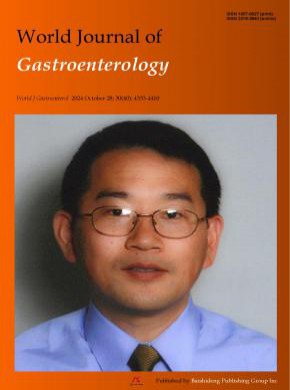
SCI期刊
人气 14357 评论 3
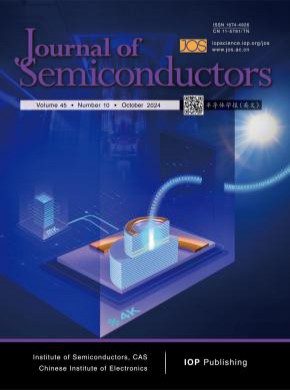
CSCD期刊、统计源期刊
人气 13351 评论 3
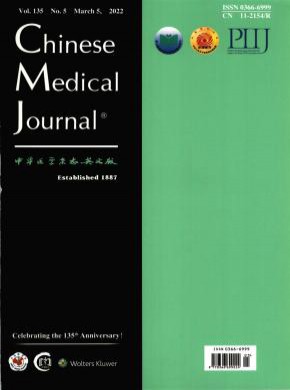
SCI期刊、CSCD期刊、统计源期刊
人气 13297 评论 8
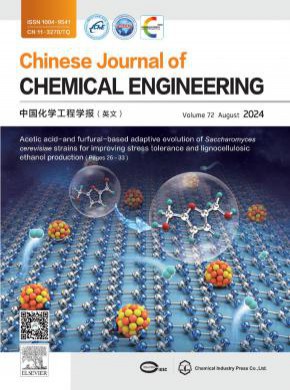
SCI期刊、CSCD期刊、统计源期刊
人气 11491 评论 5
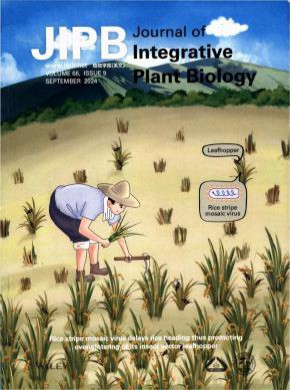
SCI期刊、CSCD期刊、统计源期刊
人气 11350 评论 3
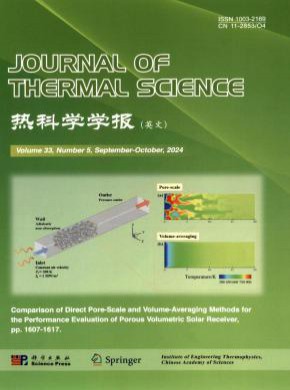
SCI期刊、CSCD期刊
人气 10808 评论 2

SCI期刊、CSCD期刊、统计源期刊
人气 10638 评论 2
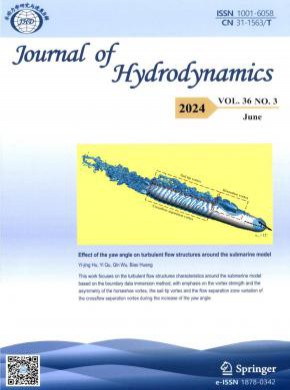
SCI期刊、CSCD期刊
人气 10467 评论 1